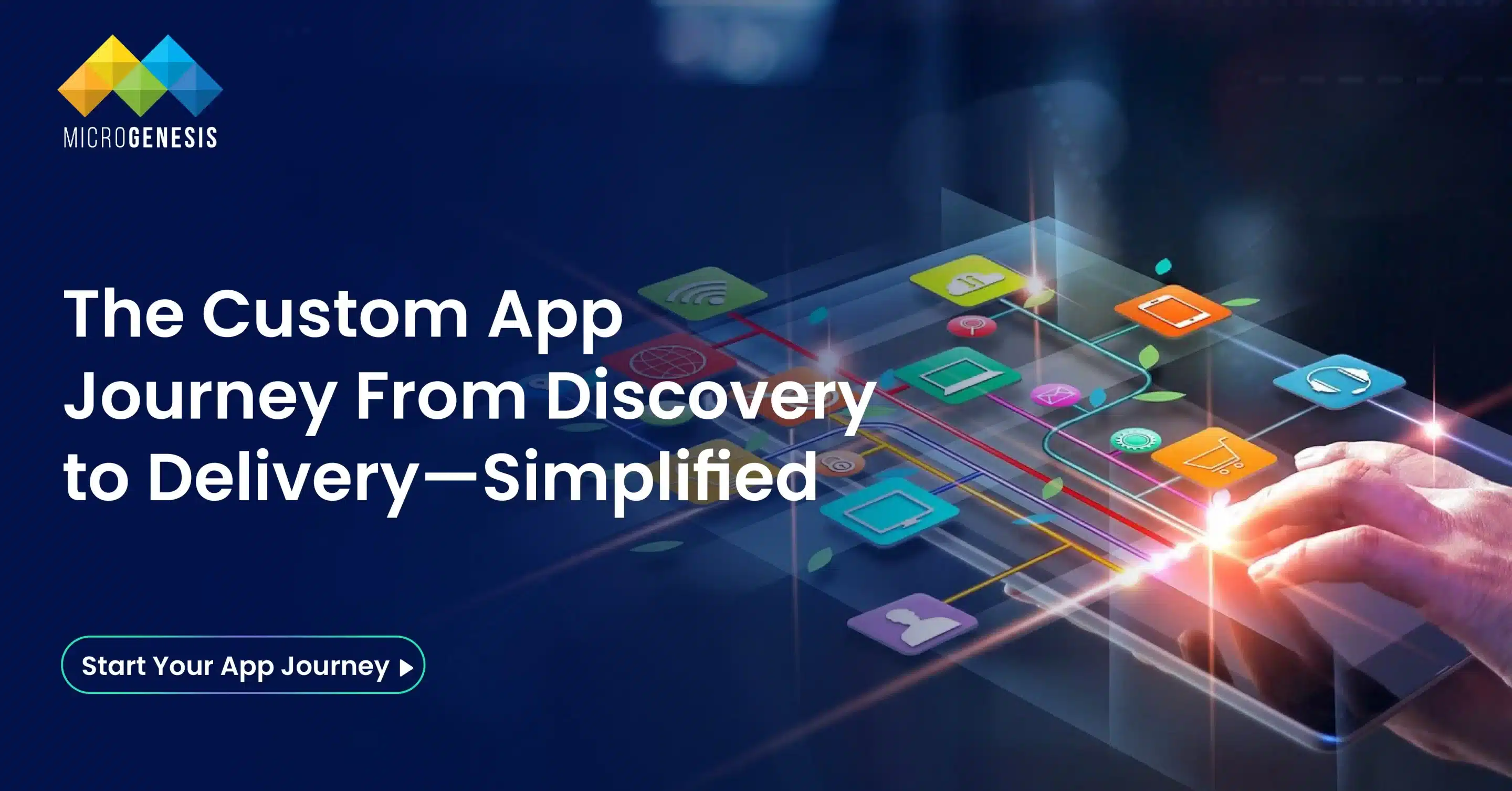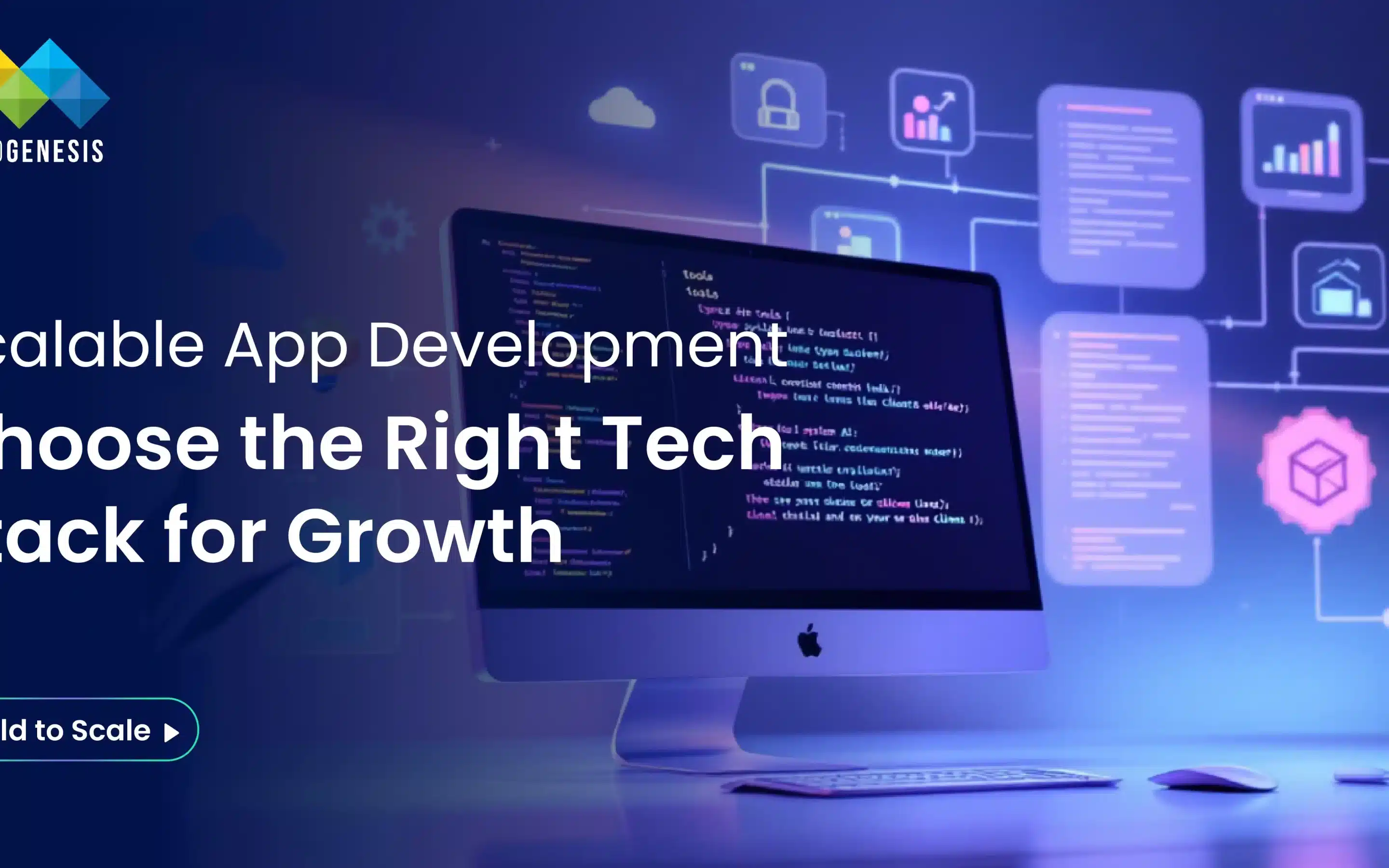In today’s fast-moving digital world, organizations often find that off-the-shelf solutions can’t fully address their unique business requirements. That’s why more businesses are investing in custom app creation—designing tailored applications that align closely with their goals, users, and workflows.
However, developing a successful custom application requires more than just coding. It demands a structured, collaborative process from discovery through to post-launch support. This blog outlines the complete custom app development process, from initial idea to final delivery.
Step 1: Discovery & Requirement Gathering
The first and arguably most important phase of custom app creation is discovery. This is where ideas are shaped into concrete project goals and technical plans.
Key Activities:
- Stakeholder interviews and business analysis
- Competitive benchmarking and market research
- Identifying user personas and use cases
- Defining Minimum Viable Product (MVP) scope
Outputs:
- Product vision document
- Feature list and functional requirements
- Initial project roadmap and estimates
Why It Matters:
A deep understanding of the business problem ensures that the app delivers real value and aligns with long-term goals. It also prevents costly changes later in the process.
Step 2: UI/UX Design
The next step in the custom app development process focuses on user experience and interface design.
Key Activities:
- Wireframing and creating low-fidelity prototypes
- High-fidelity UI mockups
- Design reviews with stakeholders
- Usability testing and feedback loops
Outputs:
- Interactive prototypes
- Design systems and style guides
- UX documentation
Why It Matters:
A clean, intuitive design not only enhances usability but also supports user adoption and retention. In competitive markets, UI/UX can be a key differentiator.
Step 3: Architecture & Technical Planning
With design validated, it’s time to architect the solution.
Key Activities:
- Choosing technology stack (e.g., React, Node.js, .NET Core)
- Designing application architecture (monolith, microservices, serverless)
- Defining data models and database schema
- Planning integrations (APIs, third-party tools)
Outputs:
- System architecture diagrams
- Database schema
- Integration plan and API documentation
Why It Matters:
A well-architected solution ensures scalability, maintainability, and security. It also lays the foundation for performance optimization.
Step 4: Development (Frontend & Backend)
Development begins with sprint planning, prioritizing features for incremental delivery.
Key Activities:
- Frontend development (UI rendering, interactions)
- Backend development (APIs, logic, databases)
- Unit testing and peer reviews
- Sprint demos and stakeholder feedback
Tools Commonly Used:
- Git, GitHub/GitLab for version control
- Jira or Trello for project management
- CI/CD pipelines for faster deployment
Why It Matters:
Agile development ensures continuous progress, quick feedback loops, and higher flexibility to handle changes in requirements.
Step 5: Testing & Quality Assurance (QA)
Custom app creation must include rigorous testing to ensure the product is reliable and bug-free.
Key Testing Types:
- Functional testing
- Regression testing
- Performance testing (load, stress)
- Security testing
- Cross-device and browser compatibility
Tools Often Used:
- Selenium, Postman, JMeter, BrowserStack
Why It Matters:
Thorough QA helps catch bugs early, improves product quality, and builds trust with users.
Step 6: Deployment & Launch
Once the application is tested and approved, it’s time to go live.
Key Activities:
- Setting up staging and production environments
- Final performance and security validation
- Deploying using blue-green or rolling releases
- Monitoring app behavior post-deployment
- Preparing training materials and onboarding users
Outputs:
- Live application in production
- User documentation and release notes
- Admin and support guidelines
Why It Matters:
A smooth deployment minimizes downtime and helps users transition confidently to the new app.
Step 7: Post-Launch Support & Maintenance
Delivery doesn’t end at launch. Ongoing support ensures long-term success and continuous improvement.
Post-Launch Activities:
- Bug fixes and performance tuning
- Monitoring usage analytics and system health
- Rolling out enhancements based on user feedback
- Ensuring uptime and SLA compliance
Why It Matters:
Successful apps evolve with user needs and technology advancements. Proactive support ensures your app stays secure, reliable, and relevant.
Best Practices for Successful Custom App Creation
- Involve Stakeholders Early and Often
Continuous feedback prevents misalignment and ensures buy-in.
- Focus on MVP First
Validate your idea quickly and iteratively enhance the product.
- Ensure Security by Design
Build in security protocols from day one—authentication, data encryption, access control.
- Automate Wherever Possible
From testing to deployment, automation saves time and reduces errors.
- Plan for Scalability
Even if your user base is small now, build with growth in mind.
Conclusion
Building a successful application isn’t about rushing to code—it’s about following a disciplined, user-centered process. From discovery through design, development, and support, every step in the custom app creation journey plays a crucial role in delivering a secure, scalable, and impactful solution.
Whether you’re a startup bringing a product to market or an enterprise optimizing internal workflows, the right process—and the right partner—can turn your app idea into reality.
Need help with your custom app development project? Our team of strategists, designers, and developers is ready to bring your vision to life.




